The Trump administration’s proposed budget would cut the Essential Air Service program by 75%.
This will not happen, because House members from districts that are heavily subsidized get themselves onto the Transportation Committee. But it should happen. 75% isn’t even a deep cut in what’s mostly a silly program because it got more than doubling in budget last year. It’s out of control. (HT: Enilria)
I’ll be surprised if Congress passes a budget at all. If it does, it will look nothing like this budget. So it’s purely a weird political exercise, since it commits an administration to a whole lot of unpopular positions. But that hasn’t stopped them yet this term. It’s only been three and a half months! On this issue, though, they’re basically right but a funding cut isn’t enough.
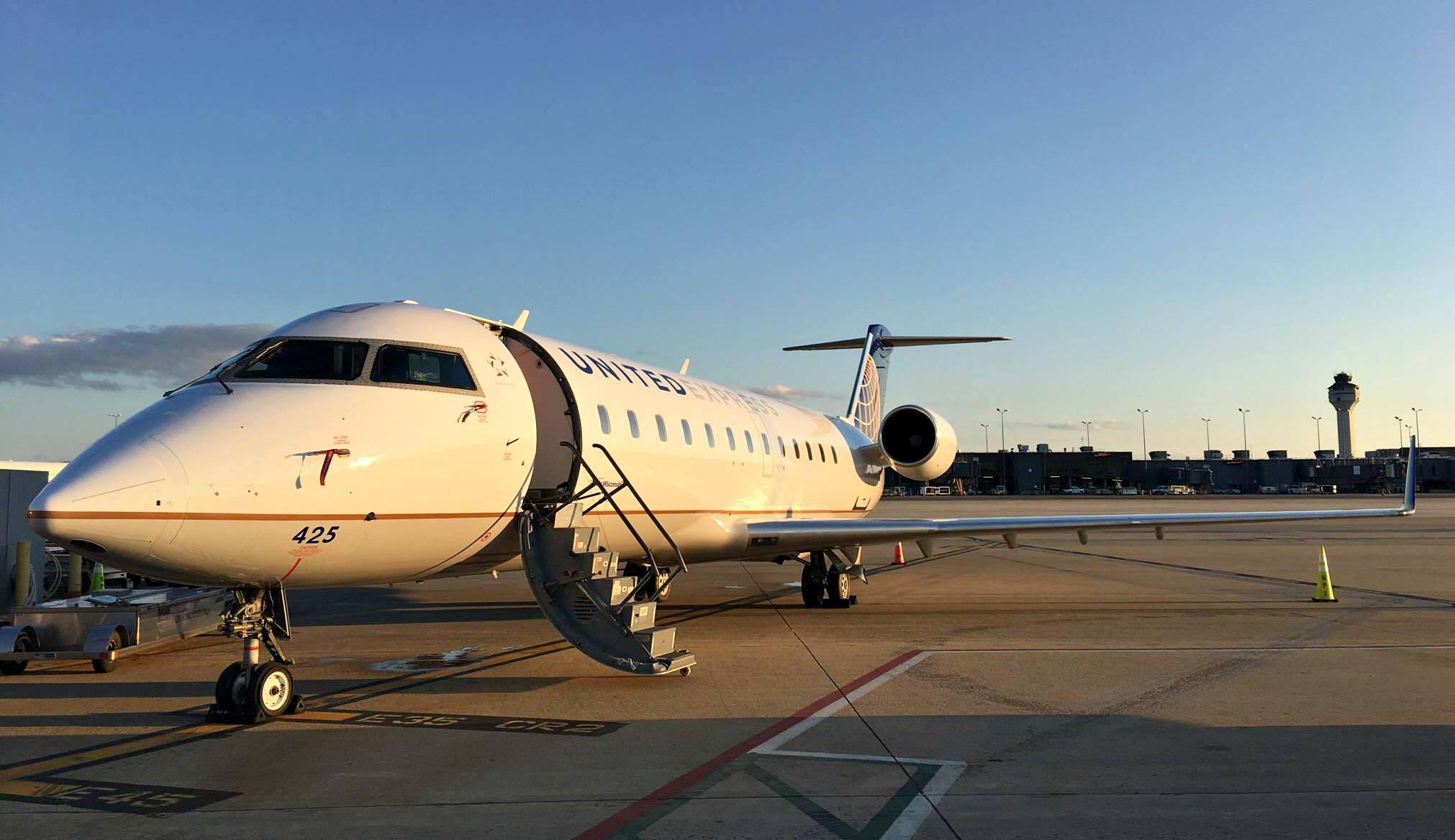
In Tyranny of the Status Quo (1984), Milton Friedman wrote “Nothing is so permanent as a temporary government program.” The Essential Air Service program was created 47 years ago as a temporary measure to soften the blow of airline deregulation. It provided for a ’10 year transition’ period in which small community service could receive subsidies. The program was supposed to end in 1988.
Now, about 175 communities have been receiving subsidies. More than a quarter of those are in Alaska.
- Generally 30-50 seat aircraft, and usually two roundtrips a day
- Or more frequencies with 9-seat aircraft
Subsidized cities are supposed to have at least 10 passengers per day, though this requirement can be waived. Many of the planes fly largely empty.
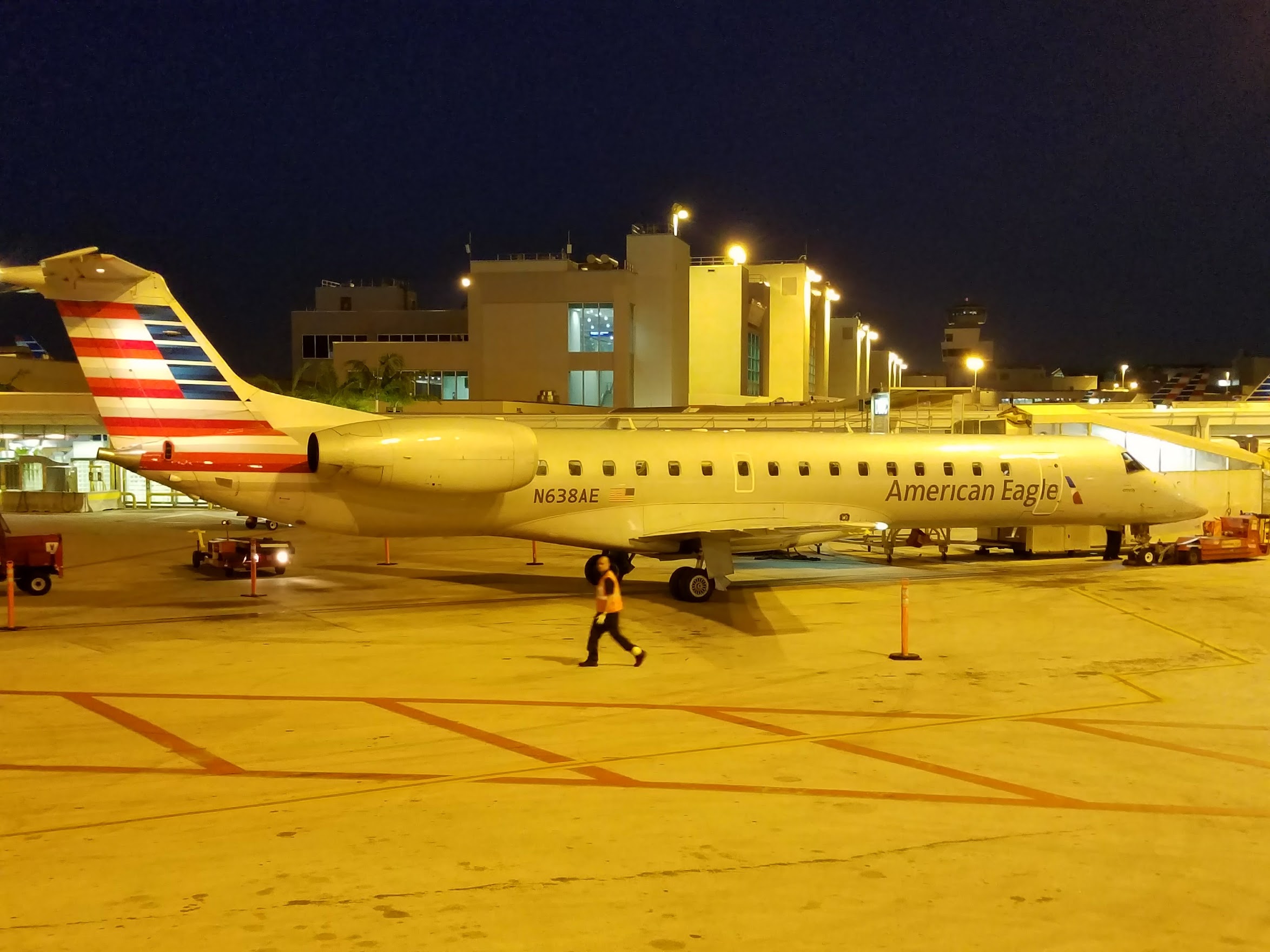
Last year’s FAA reauthorization more than doubled funding for the program, with promised increases in future years.
Airports within 210 miles of a medium hub or larger used to be capped at a subsidy of $200 per passenger because obviously why should taxpayers pay for this..? But the latest update to the law more than tripled this to $650 per passenger for airports within 175 miles of the larger facility.
Remember, people choose to live far away from an airport. And for many of these airports there’s just no justification for subsidies at all.
- When they’re within reasonable driving distance of another airport
- The average airline passenger has a six figure income, making this reverse Robin Hood
- And shouldn’t flying empty and inefficient planes raise environmental concerns?
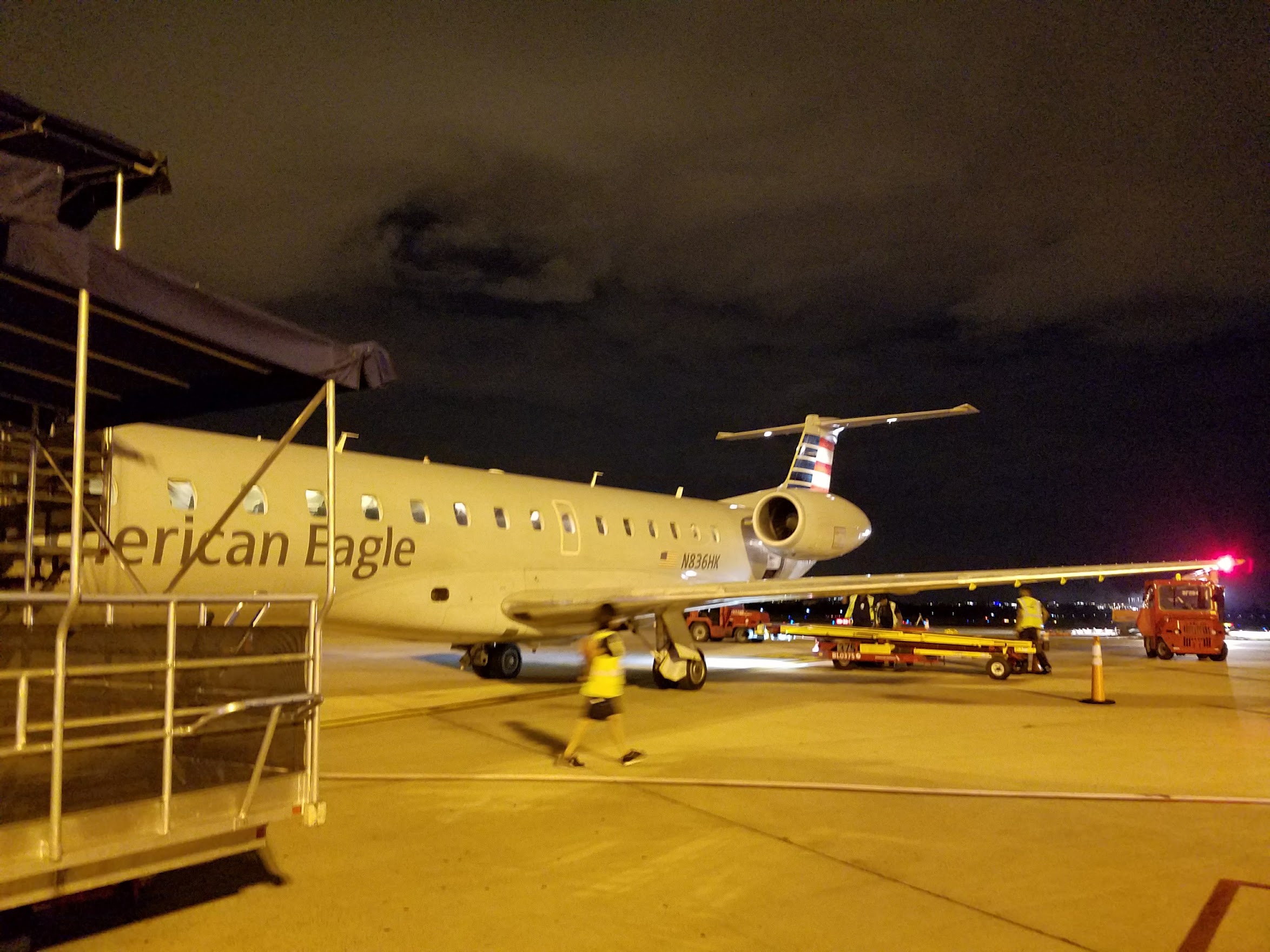
If you’re traveling out of Pueblo, Colorado you could just as easily drive to Colorado Springs to start your journey. Hot Springs, Arkansas is less than an hour from Little Rock. Decatur, Illinois is less than an hour from both Champaign and Springfield. Why subsidize service 110 miles away to St. Louis? The new law did at least restrict subsidies to airports in the contiguous 48 states that are “at least 75 miles from the nearest medium or large hub airport.” But there’s no reason the distance needs to be measured from a hub!
- Lancaster, Pennsylvania is about half an hour from Harrisburg
- Muskegon County Airport is less than an hour from Grand Rapids
- Owensboro-Daviess County, Kentucky is under an hour from Evansville, Indiana
Not only didn’t the program die in 1988, it grew to $22 million in 1998 and to a discretionary $155 million in 2018. It was authorized at:
- $340 million for fiscal year 2025
- $342 million for fiscal year 2026 and 2027
- $350 million for fiscal year 2028
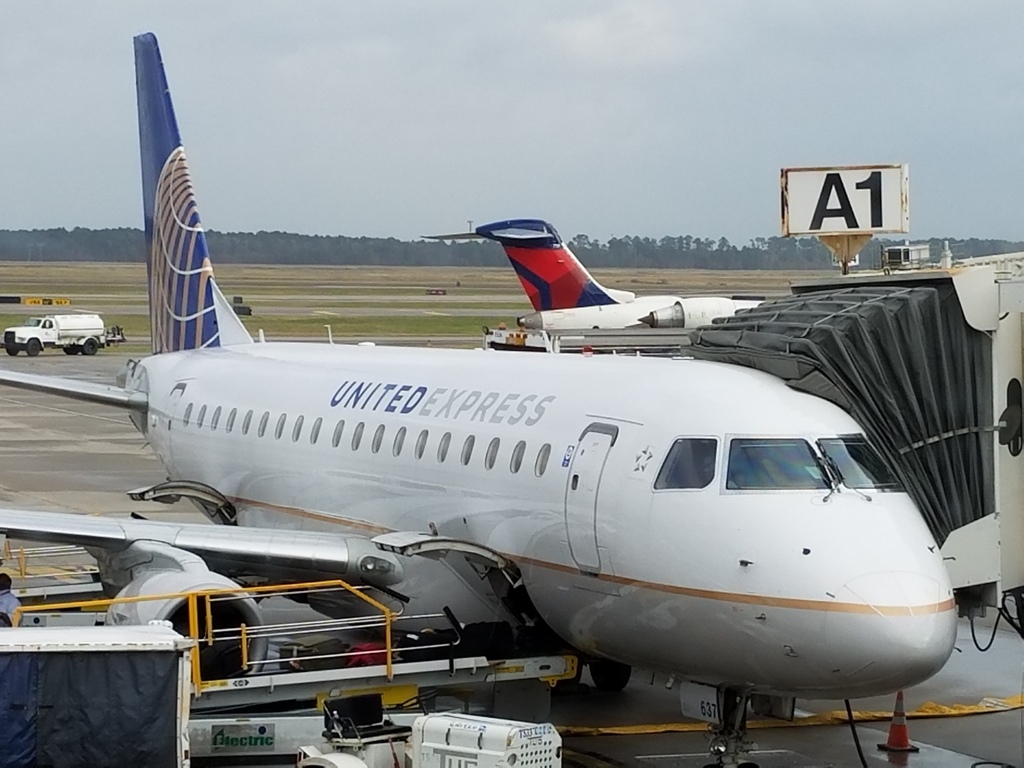
The program’s requirement for an average of 10 passengers per day departing an airport can even be waived multiple times under the new law. The DOT can also waive some subsidy limits, too.
The reason this program lasts is concentrated benefits and dispersed costs. Members of Congress and constituents in districts receiving these subsidies care a great deal about them and are willing to exert muscle and treasure to keep them, while the public at large cares very little about the program. At less than $2 per person per year, there’s little incentive for the median American to learn about the program let alone oppose it. But Members of Congress whose districts benefit get onto House and Senate committees responsible for the funds.
Spending on the program had already quintupled over the past 25 years before being almost tripled in this new legislation. It’s grown under both Republican and Democrat-controlled Congresses and administrations. It’s a bipartisan boondoggle.
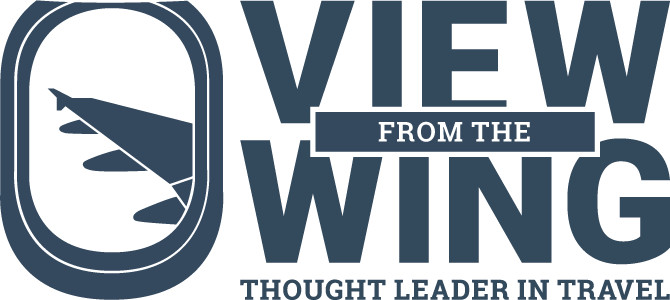

Free market enterprise is the best way to allocate scarce resources.
Congress the government needs to quick spending like drunken sailors.
No offense intended to sailors! (; by the way.
“Nothing is so permanent as a ‘temporary’ government program.” – Milton Friedman
Whoops . . . great minds think alike.
EAS is a gravy train for the regionals. Keep that in mind whenever you see RAA in the news and lobbying for something.
While we’re at it let’s look at the subsidies that the oil companies receive, either in tax breaks, depletion allowances, intangible drilling costs or underpriced royalties on government lands. Our brave and independent Congress will surely get serious about this real inefficiency. Oh, wait….
Do you realise that the subsidy is about $1 per man, woman, & child in the US? Has it come to this that we cannot pay for such a programme. My home town of Carlsbad New Mexico is an EAS airport. It’s four hours to drive to Albuquerque, 2 1/2 to El Paso, but to this sort of thinking why don’t you eliminate all airports that receive any government subsidy (they all do)? It’s only an 18 hour drive to Los Angeles!
@Derek Why does it matter what the subsidy costs when divided among the entire population – putting to one side that less than half of the population are taxpayers? That would be an excuse to pick our pockets and redistribute wealth for any thin reason, as long as it’s only a few bucks at a time.
Zero this out. If you don’t like your local airport options . . . move.
And for a lot of business these days, nearly instantaneous to connect via Zoom or Teams.
This program should be terminated in the lower 48 states and Hawaii. Maybe it has a limited role in Alaska.
The requirement that the distance is measured to a medium or large hub means that the program literally weakens other airports that are nearby. Let’s say there is an unsubsidized airport served by regional jets marketed by American, Delta and United that is 60 miles away. Why should we subsidize any flights when there is free market provided service an hour away? All because the nearest “hub” is 120 miles away?
This is why government subsidies are abused. It’s as bad as the unjustified subsidies for Hollywood production.
“So it’s purely a weird political exercise, since it commits an administration to a whole lot of unpopular positions. But that hasn’t stopped them yet this term. It’s only been three and a half months!”
Pure projection. First, Dems are the ones into performative political gestures. It must be strange to see someone support a position they actually believe in. Second, this admin has actually committed to wildly popular positions, and have boxed Dems in the corner having to defend governmemt waste, open borders, Ms 13 gang members, men in women’s sports, etc…all wildly unpopular positions. Third, cutting ESA is only wildly unpopular in those specific districts served. Sure there are some politicians of all stripes who are self serving, but most GOP are against more subsidies and more government power over the marketplace.
“Has it come to this that we cannot pay for such a programme.”
The question isn’t whether we “can”, it’s whether we “should”.
@Derek I’d rather that $1 subsidize train service or bus service that is more useful than infrequent planes that are still unaffordable and fly empty.
Distance is the wrong metric to use. A better metric would be terrain inaccessibility. Some mountainous areas are hard to traverse by train or car and need essential air travel during winter. Parts of Alaska are so remote that it is uneconomical to build roads (or too dangerous to use them for much of the year). But these remote regions can be important to the overall economy (oil and gas pipeline construction, salmon fishing, and crab harvesting). I have no problem with $1 per year per American supporting these important industries in Alaska. I agree with other commentors that the program should be restricted for most of the lower 48 (with possible exceptions for remote areas of the Rockys and Appalachian mountains).
” I have no problem with $1 per year per American supporting these important industries in Alaska.”
“It’s easy to be conspicuously compassionate if others are being forced to pay the cost.” Murray Rothbard
I used to live in a EAS city. Since I didn’t own a car I loved the service.
@Mike P Nearly all Americans benefit from greater oil production and healthy wild-caught salmon. These are industries that are beneficial to the nation as a whole. I have no problem with contributing to them and having other Americans who also benefit contribute too. $1 per year is an absolute bargain (I would put my break-even value at probably $50+ per year). If anything we should allocate MORE subsidies to Alaskan fishing and farming and away from unhealthy agricultural products from the midwest like high fructose corn syrup and soybean oil (which receive billions in subsidies).
If towns want commercial flights, let them incentivize the airlines, not the US tax payer.
Ok Gary – a few things. I am not an expert, though I did stay at the Hyatt in PIT last night, it was actually rather convenient.
The Essential Air Program is likely what you say it is. But underneath it all, it helps support networks and reach to underserved communities which in times past were actually very important (or thought to be important!).
And like all capital outlays, there is some risk involved. Is there an ROI? My guess is absolutely. Making it easy for people to travel and connect with each other builds community.
We are not getting any smaller. If you believe as I do*, you will see that encouraging capital to locate permanently is a wise use of community resources.
-Jon
* My favorite saying from Milton. I use it all of the time now for the last several years in public speaking. I tend to excite people, and using this phrase let’s them decide if they want to agree or not. Which is fine. I love civil discourse- it helps us move forward together.
What’a y’all say anyway: ‘gotta spend money to make money…’ I say, let’s keep serving the people, even those out in the boonies; and same goes for the postal service. Keep ‘em goin’!
@MikeP +1
If we didn’t have EAS, perhaps we would have better rail service throughout the country. Effective regional rail is key to having effective high speed rail.
Regardless, EAS and/or regional rail should be paid for by the states. A lot of states, like Texas, Wyoming, Arizona, have very low state income tax rates. Why not add a little to the income tax and pay for these “essential” services. California pays for “Amtrak California” which provides intercity rail in California — why can’t other states do this as well?